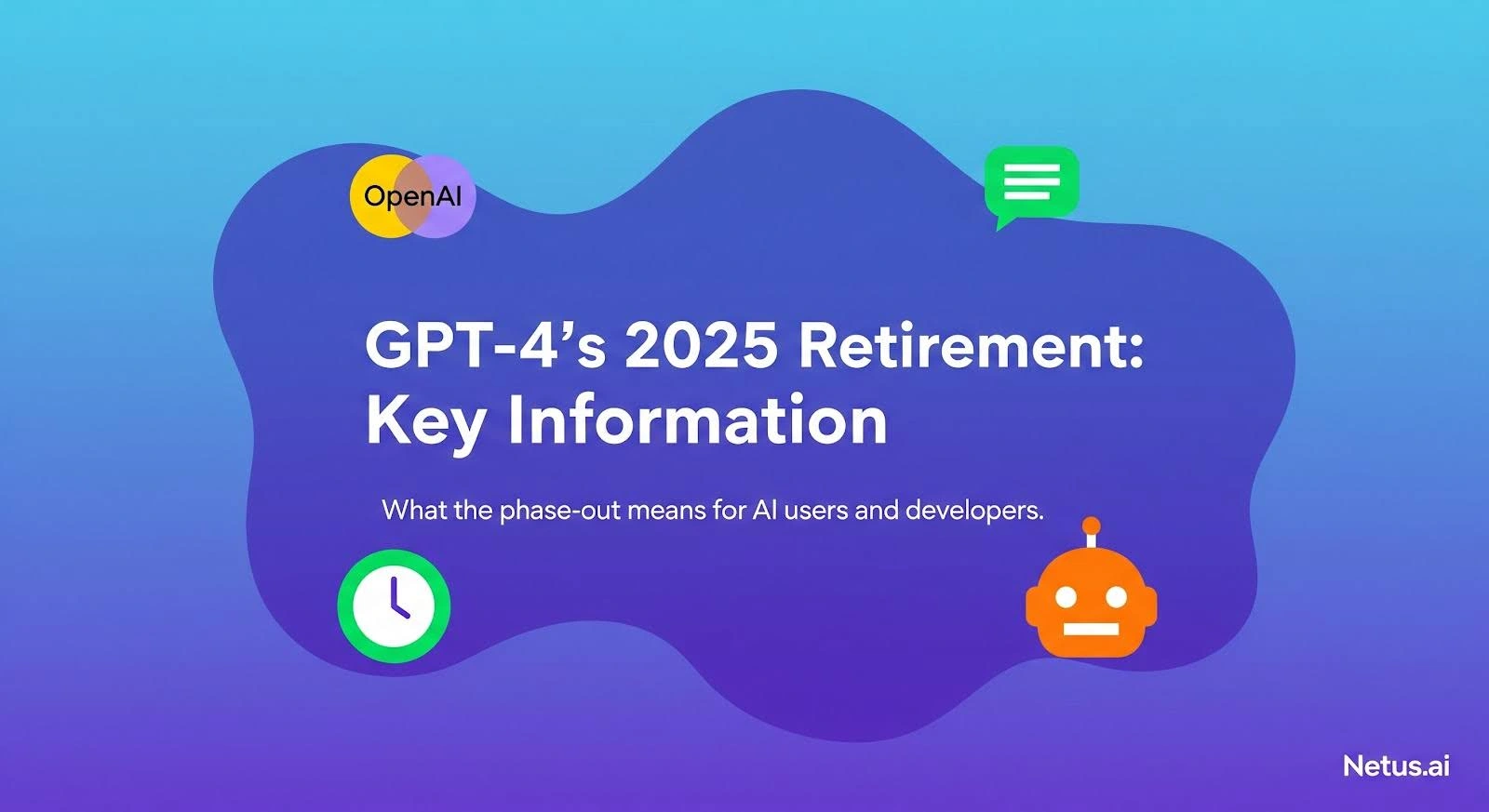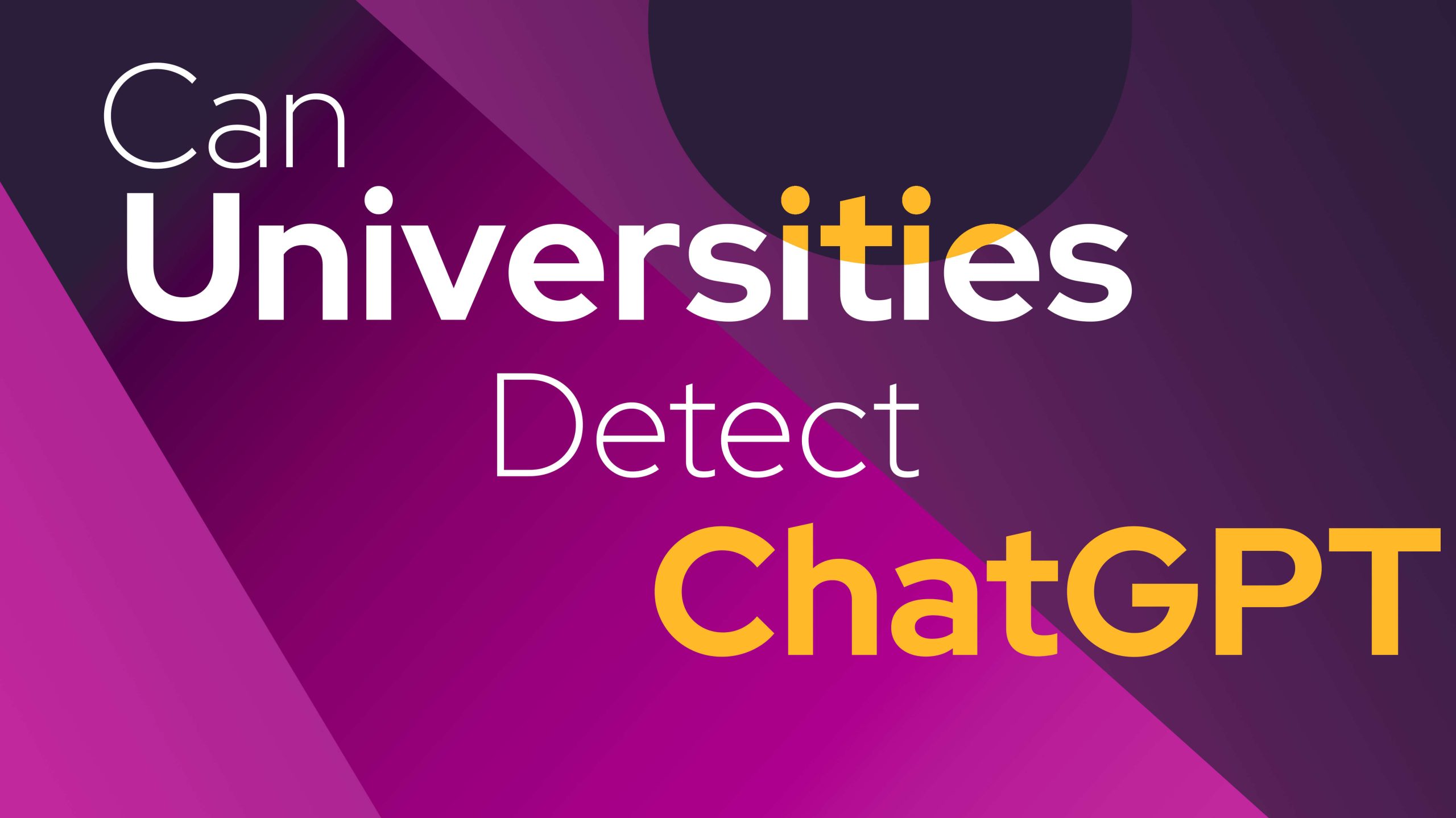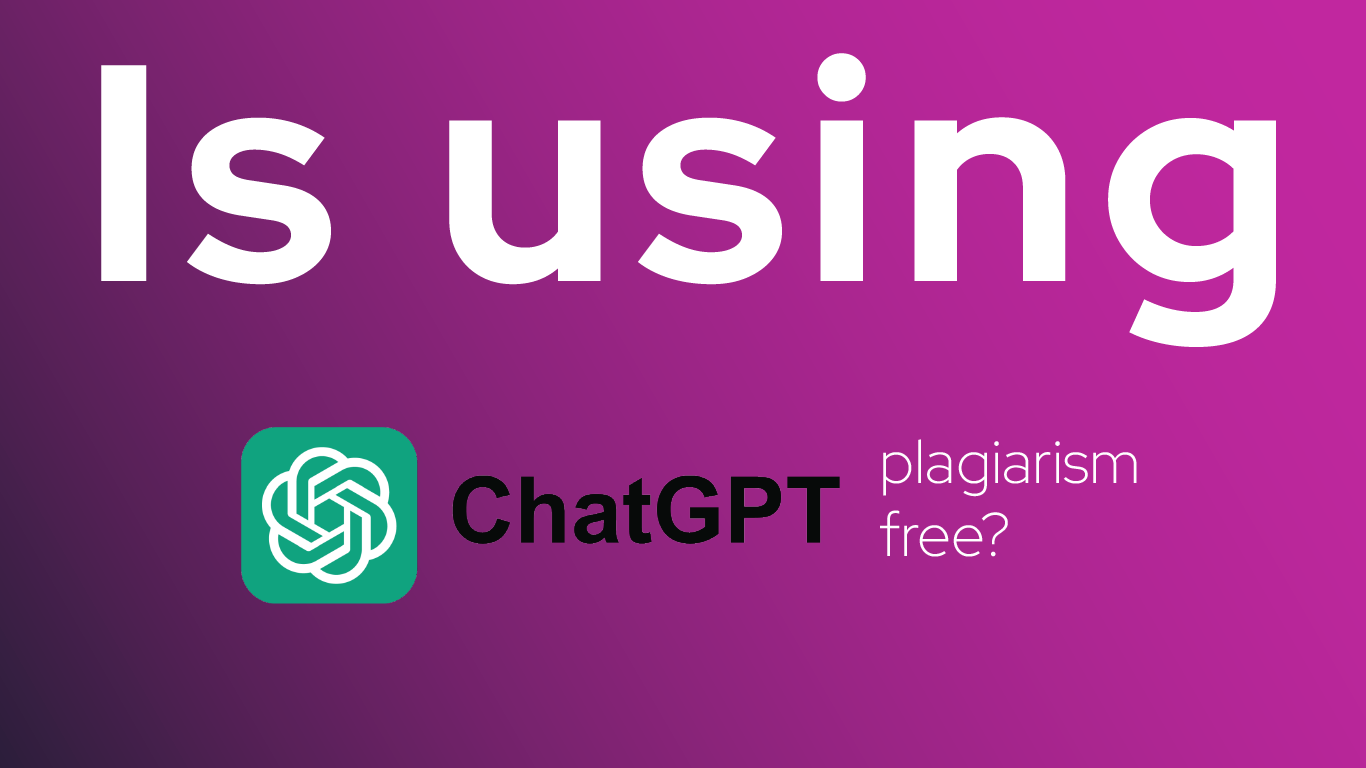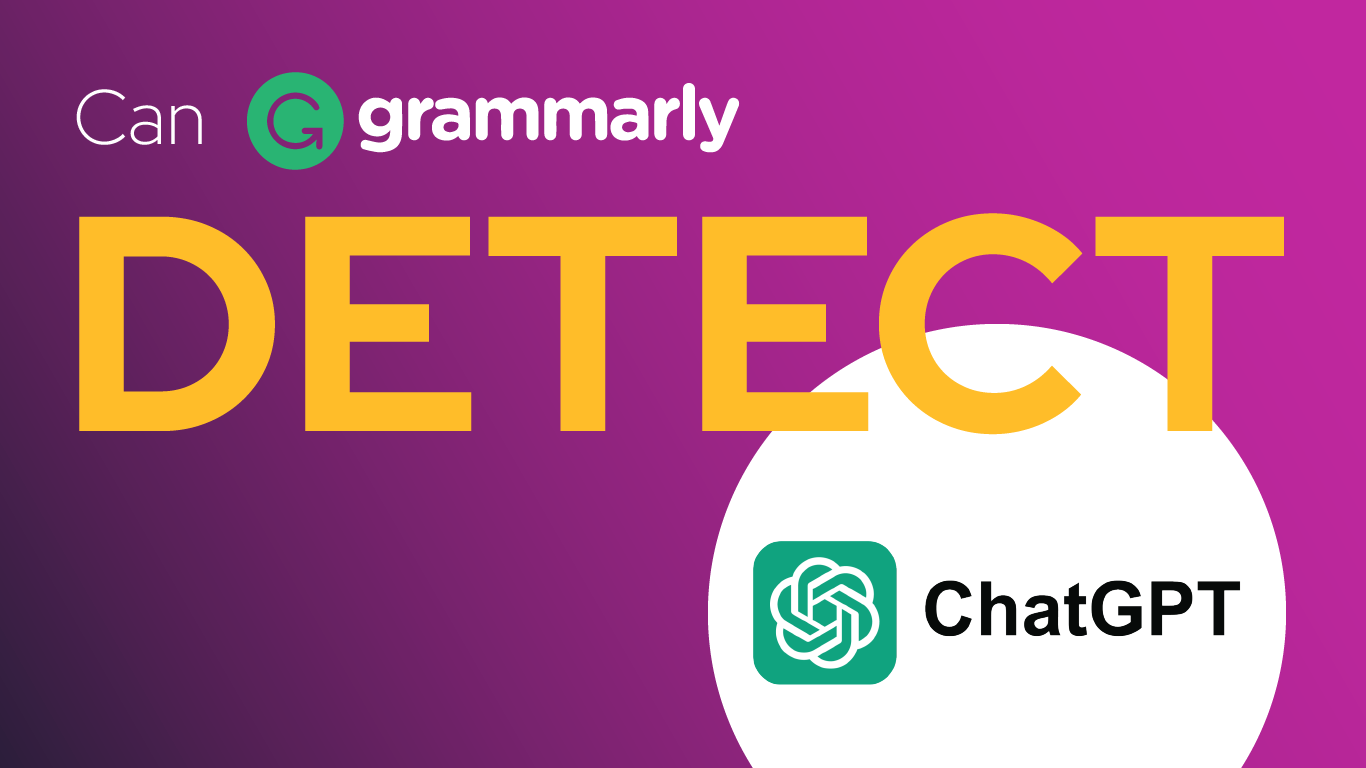OpenAI announced plans to phase out the widely used GPT-4 model by April 2025.
The key driver behind this decision involved directing users toward the improved GPT-4o version. That way, the momentum in AI development stayed steady and strong.
This overview addressed the core elements of the GPT-4 phaseout. It also examined the differences between that model and the newer one. Finally, it considered the outlook for what came next.
Summary
- GPT-4 first appeared back in March 2023. OpenAI chose to retire it officially during April 2025. That step formed a central element in their broader approach to ongoing innovation.
- They aimed to deliver enhanced and more efficient AI systems directly to those who used them.
- The chief motivation for pulling the plug on GPT-4 centered around clearing space for its follow-up model, GPT-4o. OpenAI stated that GPT-4o excelled in every major evaluation standard.
- It far surpassed GPT-4 when it came to essential functions like coding, writing and tasks in STEM, which covered science, technology, engineering and mathematics.
- Even with the core model now phased out, individuals continued to reach GPT-4 using the API. The formal release documentation verified this option remained available.
GPT-4: A brief overview
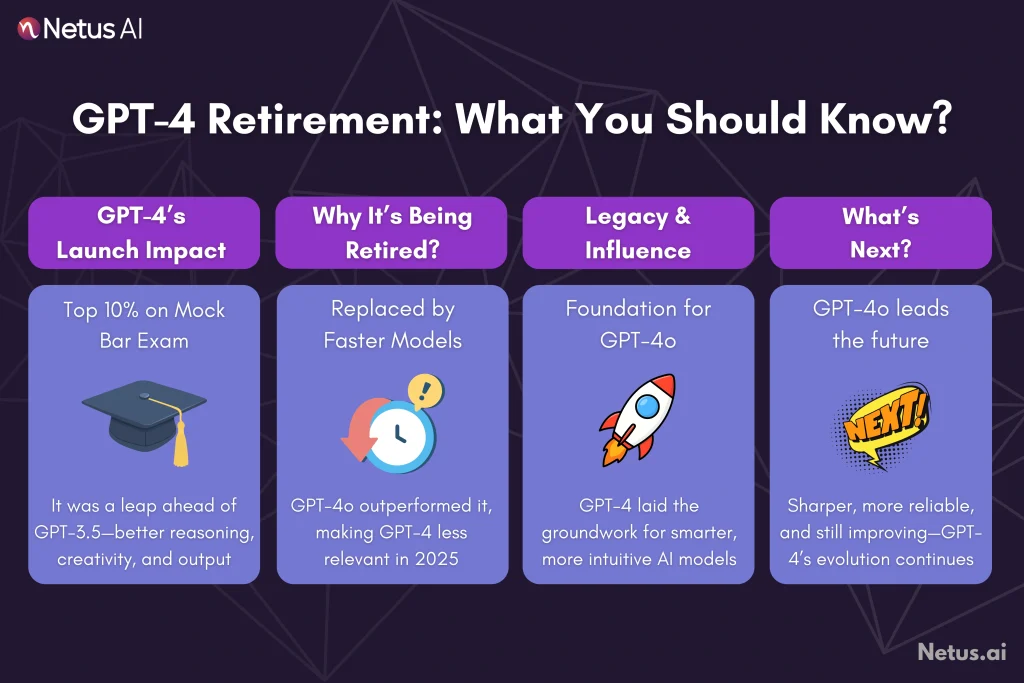
They released GPT-4 in March 2023. It marked a real jump ahead of GPT-3.5 in a lot of ways. The thing handled tough jobs much better. It even scored in the top 10 percent on a mock bar exam. That put it way ahead of GPT-3.5, which landed in the bottom 10 percent.
Newer versions like GPT-4 Turbo and GPT-4o came out later. Still, GPT-4 laid the groundwork for all that. OpenAI pointed out how key it was for ChatGPT’s growth. GPT-4o builds right on GPT-4’s tech. It brings sharper tools that feel more reliable and creative.
Reasons for GPT-4's retirement
People figured the retirement of GPT-4 this year would happen eventually. It launched a good while ago and AI tech just keeps speeding up like crazy. OpenAI put out their much better GPT-4o back in 2024 and that thing really left the older model in the dust.
The evolution of OpenAI's models: A historical perspective
OpenAI kept pushing ahead with its AI developments. They shifted from earlier versions like GPT-3.5 and GPT-4. They focused on the newest multimodal model, GPT-4o. This one handled text, audio and image tasks all in one smooth way.
OpenAI wanted to put all its efforts into cutting-edge stuff. So they planned to retire older models such as GPT-4. That move freed up computing resources and let experts concentrate on improving the latest AI. With this kind of targeted approach, innovation sped up quite a bit. Users ended up getting better tools in less time.
OpenAI showed real dedication through these steps. They aimed to lead the way in AI progress. Their goal involved creating high-quality tools and guiding how humans worked with AI in the future. Phasing out old models helped them build strong AGI fast and responsibly. In the end, it benefited people everywhere.
GPT-4 and GPT-4o: A brief comparison
For a quick comparison of GPT-4 and its successor, GPT-4o, refer to the following:
| Feature | GPT-4 | GPT-4o |
| Speed | Comparatively slower responses | Faster responses |
| Multimodal Support | Available but limited (When released: inputs = image and text, outputs = text) | Extensive (When released: inputs = text, audio, image and video, outputs = text, audio and image) |
| Benchmark Results As per GPT-4o release notes | MMLU = 86.4% GPQA = 35.7% MATH = 42.5% HumanEval = 67% | MMLU = 88.7% GPQA = 53.6% MATH = 76.6% HumanEval = 90.2% |
GPT-4 is being replaced by newer models. OpenAI introduced GPT-4o in 2024. They released a GPT-4.5 research preview in February 2025 and new “mini” versions (o3/o4) in April 2025. OpenAI continued to retire older models as they released better ones.
Navigating the transition: A practical guide for developers and enterprises
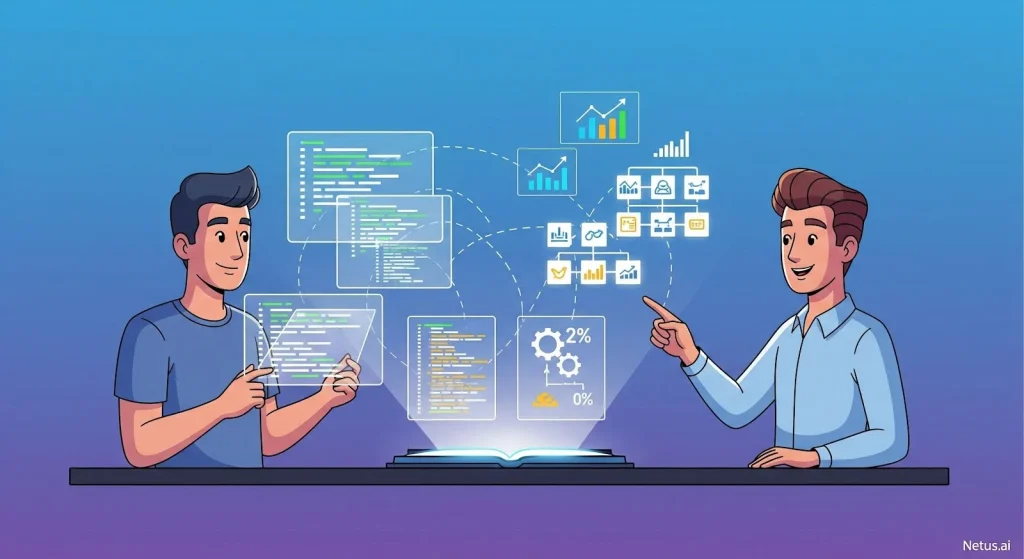
While the retirement of GPT-4 may be a seamless shift for the average ChatGPT user, it significantly impacts developers and enterprises using its API. For them, this is a required project: “Model Migration.”
Understanding the API deprecation lifecycle
OpenAI states GPT-4 remains accessible via the API, but its “retirement” means it will enter a deprecation phase. This typically involves: availability for a limited time for developer migration; becoming “frozen” (no updates/bug fixes); potential cost increases; and a hard sunset date when API endpoints cease.
Businesses using GPT-4 must find the sunset date and immediately begin testing their application stack with GPT-4o or other successor models.
The imperative of migration testing
Migrating from GPT-4 to GPT-4o is complex, not a simple swap, due to GPT-4o’s different architecture and potential for altered outputs. Essential testing areas are:
- Prompt fidelity: Ensure existing prompts yield the required quality and format, as changes could disrupt downstream processes.
- Cost and latency: Load-test to understand the new cost-per-request and the impact of reduced latency on user experience.
- Edge cases: Verify how the new model handles ambiguous or complex inputs, as a generally “better” model might fail in specific scenarios where GPT-4 succeeded.
Strategic considerations beyond a 1:1 Swap
The GPT-4 retirement is a strategic opportunity. GPT-4o’s native multimodality (audio/video input) allows for new, previously difficult features. Teams should focus on new capabilities enabled by GPT-4o, not just migration.
For CTOs, this highlights the volatility of third-party AI, emphasizing the need for code abstraction layers for easy model swapping and continuous evaluation to avoid vendor lock-in.
Ultimately, OpenAI is proactively advancing the developer ecosystem; treating the transition as a strategic project is vital for competitiveness.
How GPT-4's retirement fits the AI arms race?
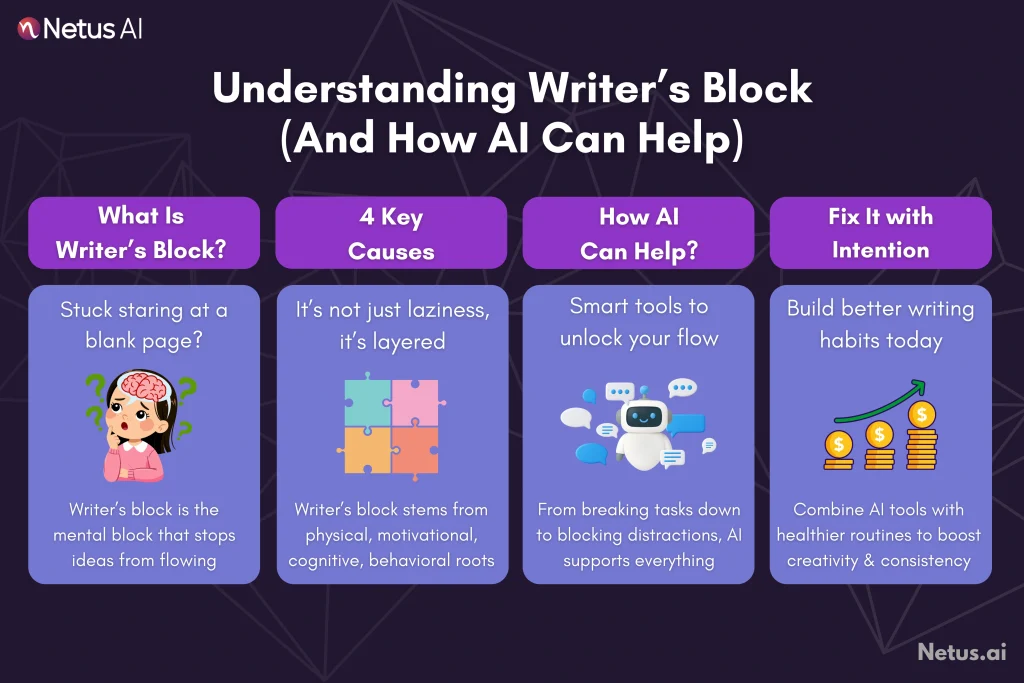
OpenAI planned to officially retire GPT-4 by April 2025. It looked like basic forward movement at first glance. But the thing was, this step served as a calculated play in the worldwide race for AI dominance. The move hit several key goals right away.
That choice helped solidify OpenAI’s spot as the top innovator out there. It showed everyone they kept pushing ahead without letting up. Retiring GPT-4 only two years after launch set up what they called an innovative flywheel.
Users had to switch over to GPT-4o now. That shift brought in huge amounts of fresh data from how people used it. Such data proved essential for building the next versions, think GPT-5 down the line. In the end, OpenAI turned its big crowd of users into a shared machine for creating data.
This kept their progress rolling and stretched their edge over rivals even further.
Consolidating the ecosystem and phasing out legacy
Shutting down GPT-4 simplifies things inside the company. It cuts down on the hassle and costs tied to keeping various large language models running.
With that focus tightened, OpenAI can pour limited computing power and team efforts into the newest tech they have. They put emphasis on building tomorrow’s tools instead of fixing up old ones.
This approach matters a lot in an AI field that moves so quickly.
Final thoughts
They’re winding down GPT-4 these days. That makes sense in the quick pace of AI development. It served us well enough. Still, models such as GPT-4o have replaced it, offering increased capability and intelligence. Now the most recent model released by the end of 2025 is the 5.1 model.
The real win here is that free users and paid ones alike get to use these stronger tools. It highlights just how swiftly the whole field keeps advancing.
FAQs
OpenAI officially retired GPT-4 in April 2025.
The successor to GPT-4 is GPT-4o.
Yep, even though it’s been retired, you can still access GPT-4 via the API.
We’ve seen GPT-4 Turbo and GPT-4o released since then.
Yes, OpenAI has stated that subscribers to paid plans will retain the ability to choose from various models.

